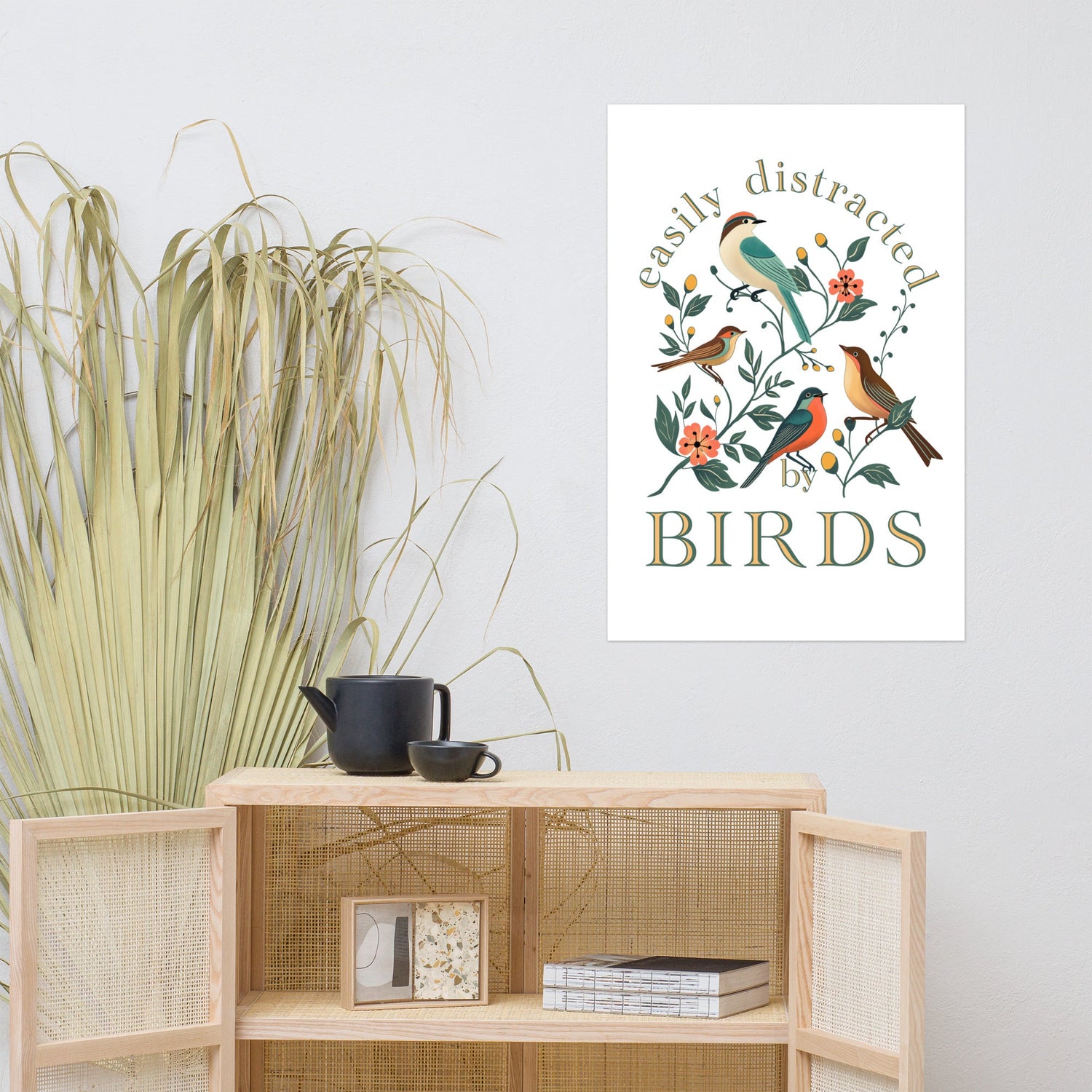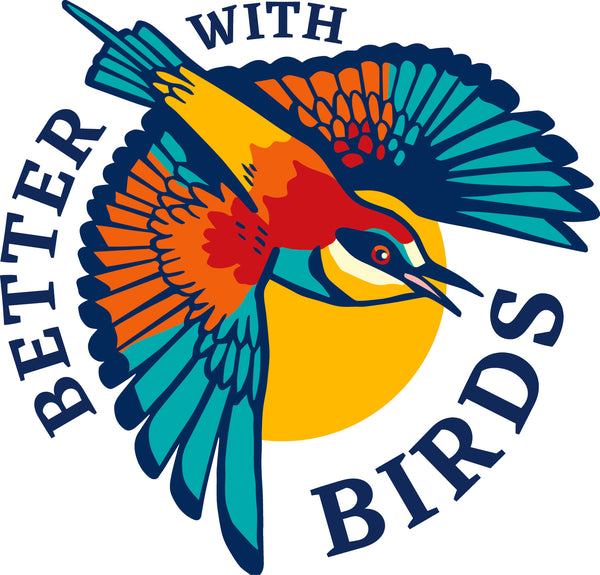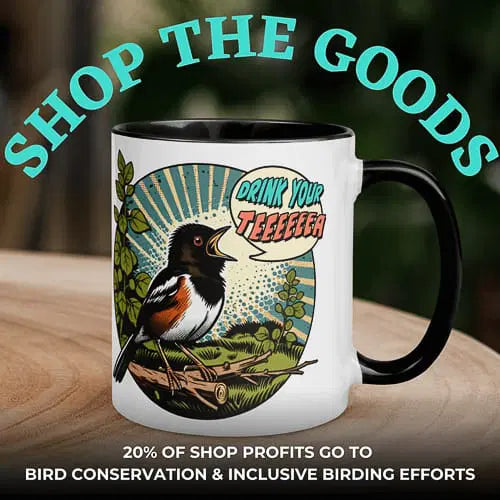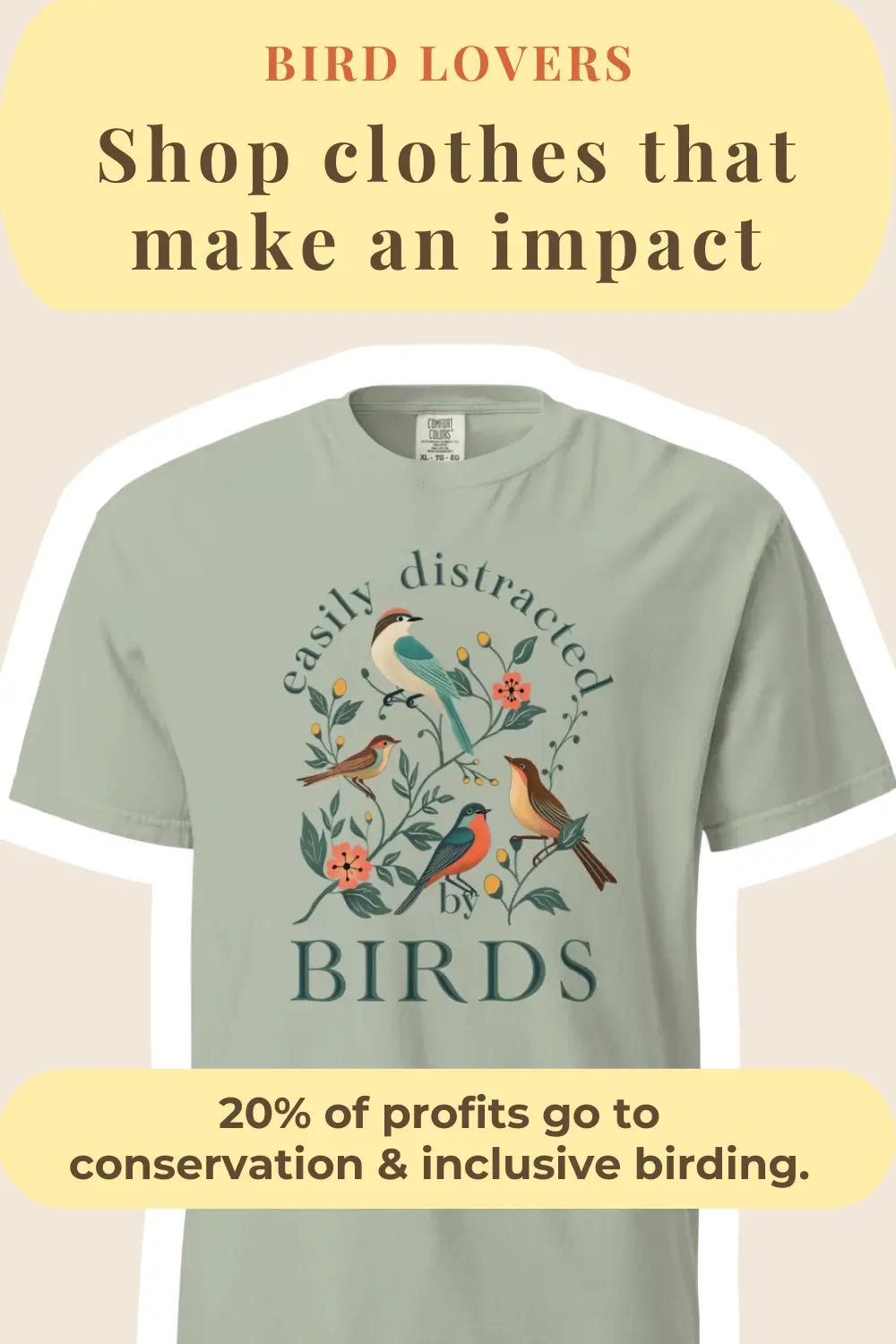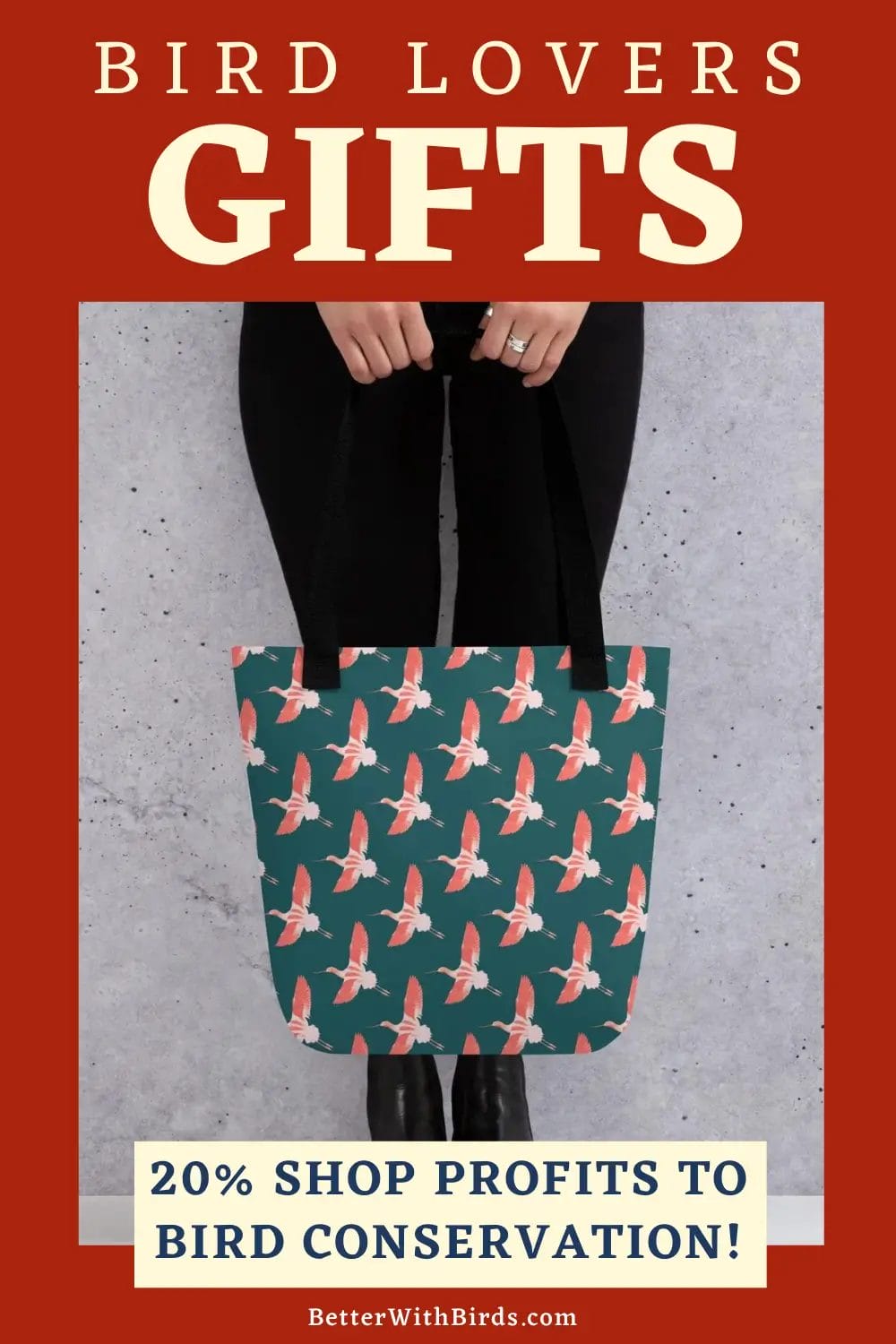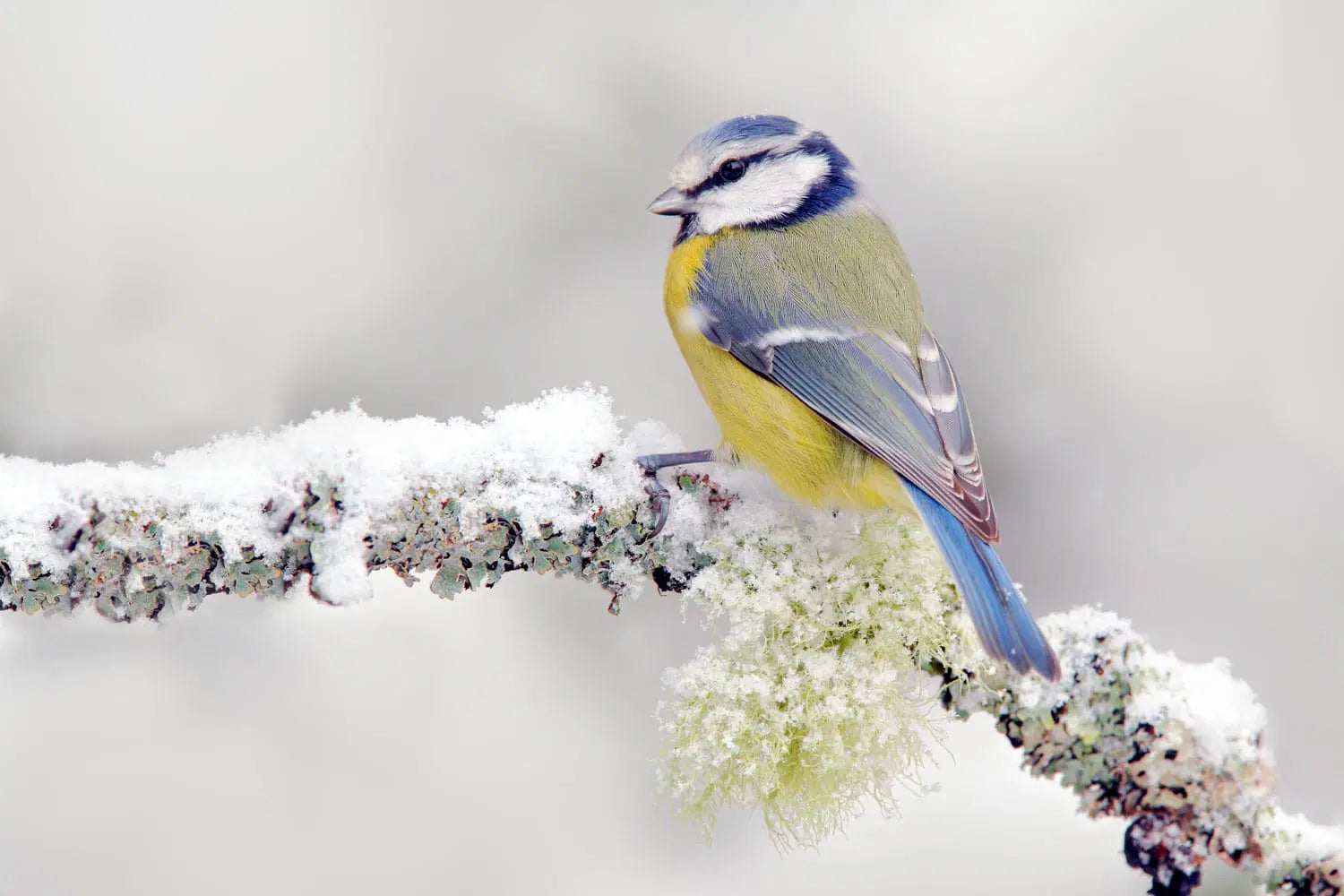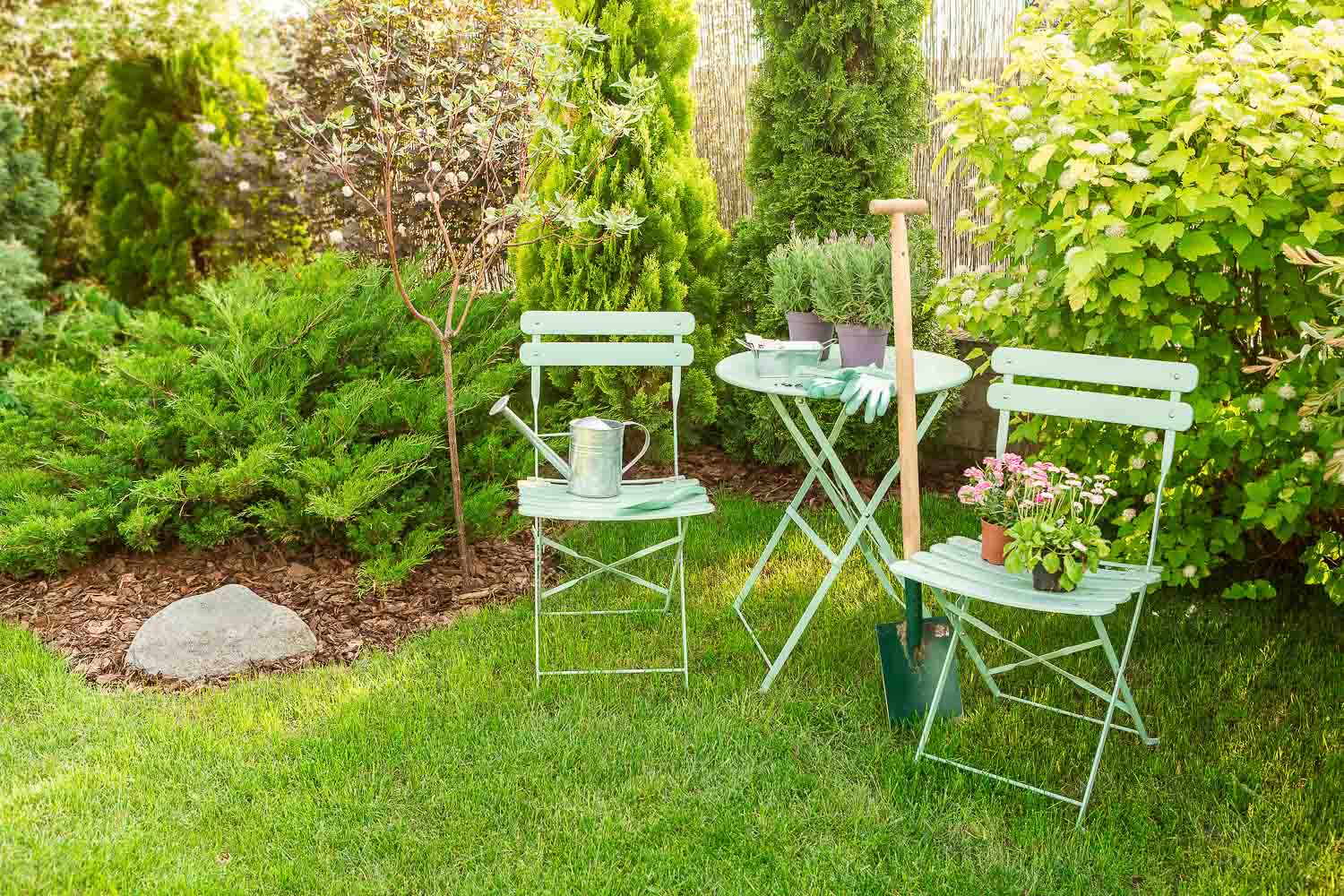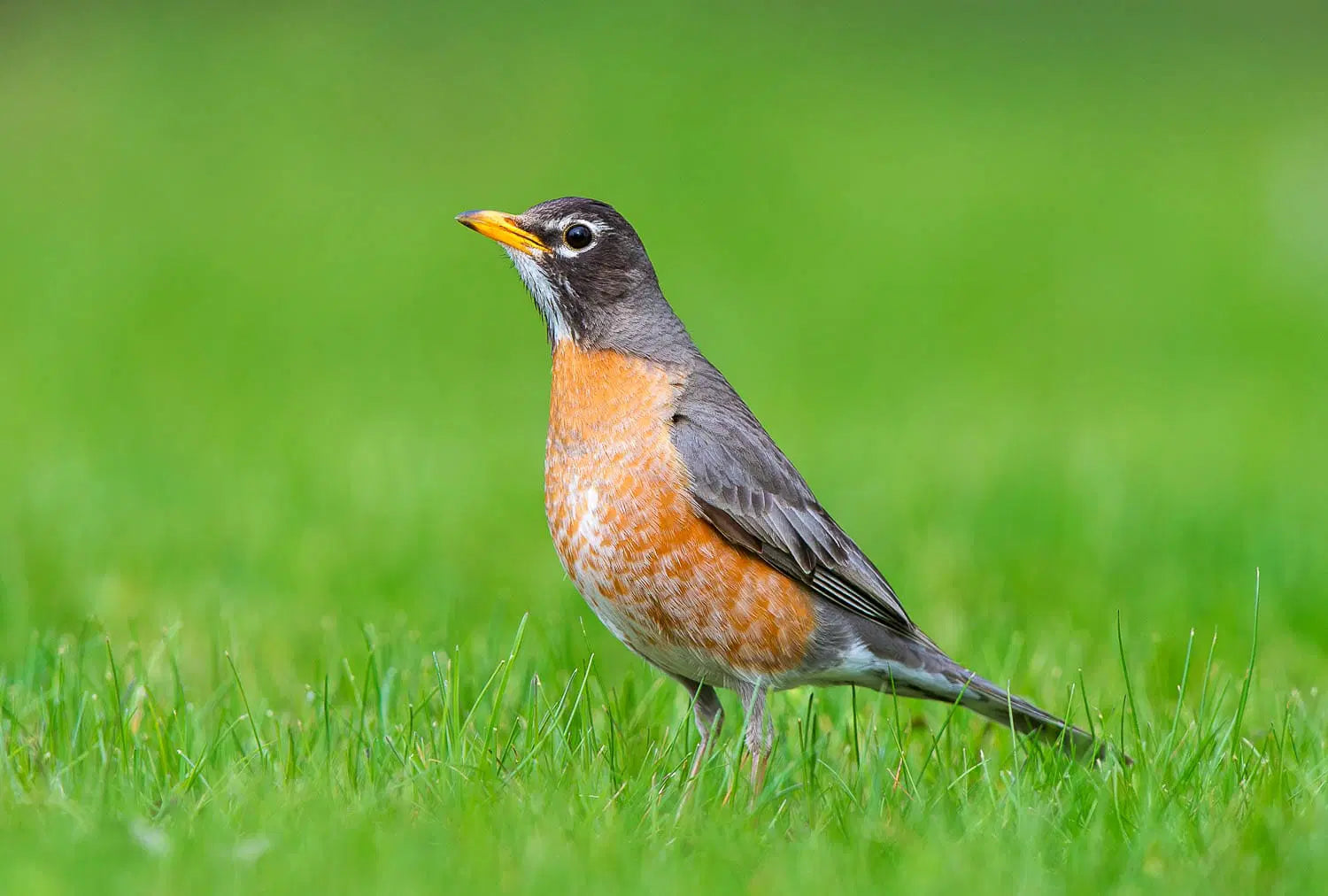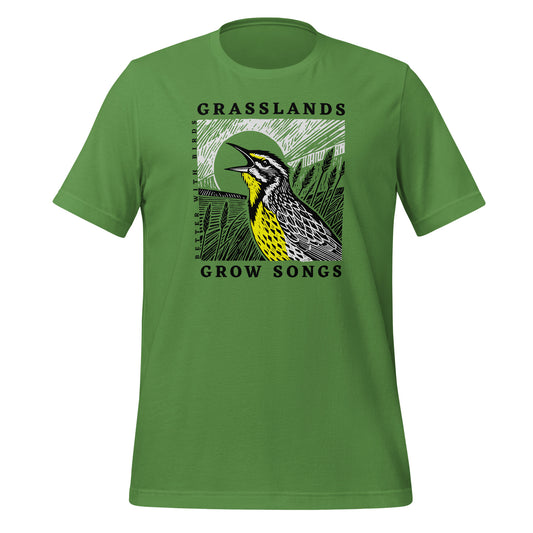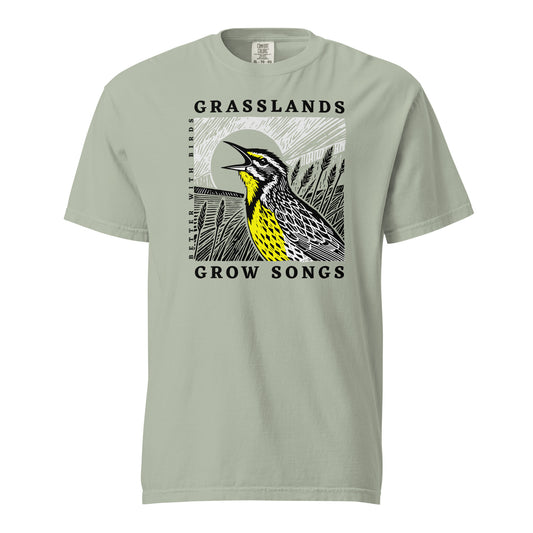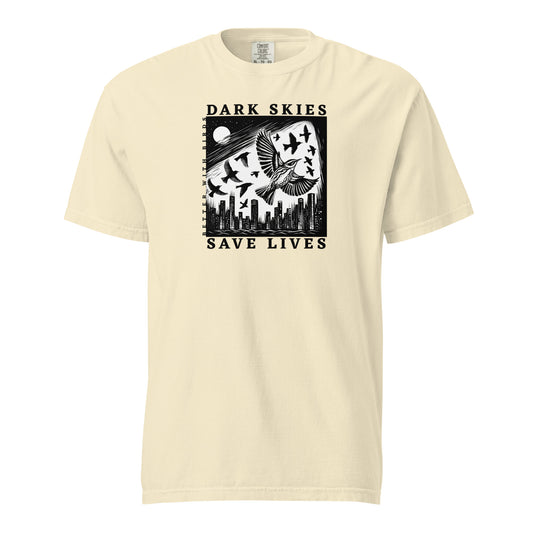How to Attract Hummingbirds To Your Yard
Feature photo: Ondrej Prosicky /Shutterstock
Read Time: 8 minutes
Backyard Birding , Attracting Birds , Bird-Friendly Yards
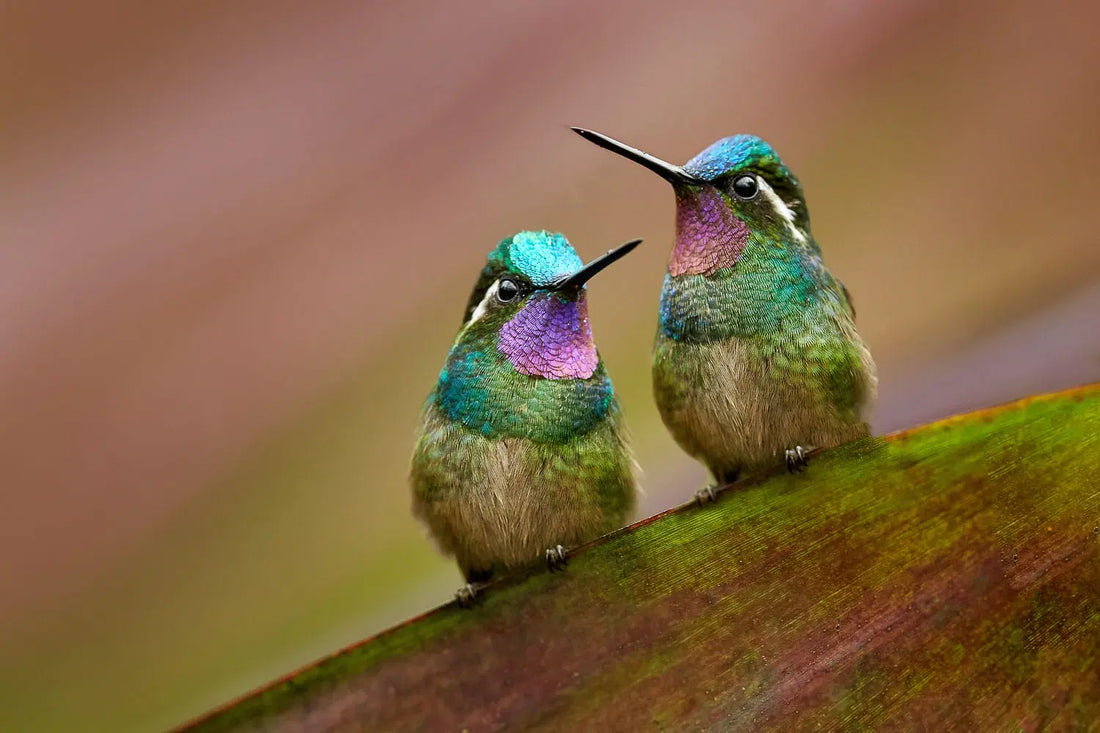
This post contains affiliate links. If you use these links to buy something, we may earn a commission at no additional cost to you. We only recommend products we fully support or use ourselves. Our full disclaimer
PIN THIS FOR LATER
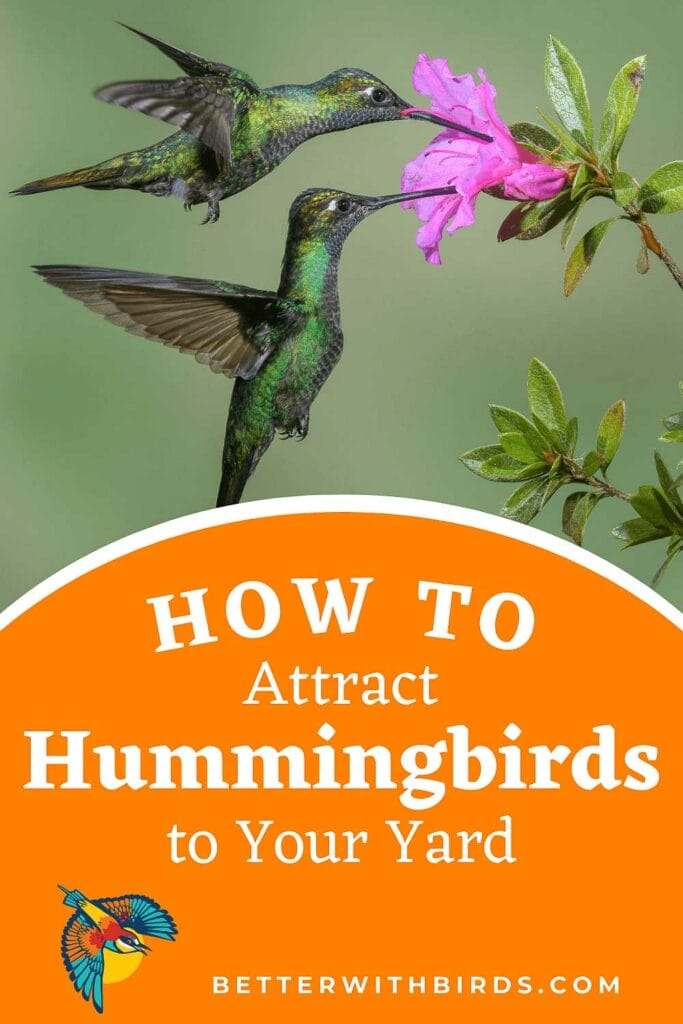
Contents
Ready to turn your backyard into a hummingbird hotspot? We’ve got the ultimate guide to lure these dazzling dynamos right to your garden.
From the best flowers and feeders to crafty habitat hacks, we’ll show you how to make your yard the hummingbird hangout of the neighborhood.
Follow these tips and get ready for a front-row seat to the greatest tiny bird show on Earth, season after season.

Photo: Jennifer Bosvert/Shutterstock
Creating a Hummingbird Haven: Important Elements
Turning your yard into a hummingbird haven goes beyond hanging a feeder. It’s about crafting a space where these tiny aerial acrobats can thrive. Picture your garden as a colorful, food-filled, and sheltered paradise.
Using the correct nectar recipe and avoiding harmful additives like honey or artificial sweeteners in your hummingbird feeder is crucial for their health.
Let’s dive into the key elements of a hummingbird-friendly yard that will make your garden the envy of the birding world.
Nectar-Rich Native Plants
The heart of a hummingbird-friendly garden is the array of nectar-rich native plants. These beauties naturally attract hummingbirds with their sweet bounty. Your top choices of plants will depend on what’s native to your area, but some popular examples of hummingbird-friendly blooms include:
- Trumpet honeysuckle
- Bee balm
- Salvia
- Cardinal flower
- Scarlet sage
Growing native plants ensures a steady supply of nectar throughout the seasons.
Consider their light and moisture needs to keep them flourishing and reliable as food sources. Use resources like
Audubon’s native plants database to find more hummingbird-friendly plants native to your local area.
While red flowers are a favorite, it’s the nectar that really hooks them. Specific types of best plants that are attractive to hummingbirds include daylilies, sage, lantana, pentas, and columbine.
By adding these hummingbird-approved plants to your garden, you create a feast for their discerning tastes.
Enjoy watching these tiny jewels flit from bloom to bloom, indulging in the nectar from your carefully curated oasis.
Strategic Hummingbird Feeder Placement
Feeders are a great complement to natural nectar sources, but their placement is key.
Think of your feeders as pit stops in the hummingbirds’ daily race for food.
Here’s how to set up the perfect hummingbird café:
- Multiple feeders: Place several feeders out of sight from each other to avoid territorial disputes and invite a variety of visitors.
- Shade: Position feeders in the shade to keep nectar from fermenting. It’s important to use the correct sugar solution and avoid honey, as it may spoil quicker and contain harmful bacteria.
- Clean regularly: Use a simple vinegar solution to keep feeders clean and mold-free. Avoid using artificial sweeteners in the nectar recipe, as they don’t provide the necessary calories for hummingbirds.
By following these steps, you’ll create a hummingbird café that’s always bustling with activity.
We give 20% of all shop profits to bird conservation & inclusive birding efforts.

Photo: pr2is/Shutterstock
Water Sources for Hydration and Bathing
Fresh water is just as important for hummingbirds as it is for any other creature. Add features like solar water fountains, drippers, shallow basins, or misting devices to provide hydration and bathing spots.
These water sources not only attract hummingbirds but also create a charming spectacle. Watching a hummingbird shower in a fine mist or dip into a fountain is pure garden magic.
By offering these elements, you cater to all their needs, from food to bathing. These thoughtful touches turn an ordinary yard into a sanctuary for our winged wonders.

Photo: Henk Bogaard/Shutterstock
The Allure of Red: Using Color to Attract Hummingbirds
Red is like catnip for hummingbirds, thanks to their exceptional eyesight that’s laser-tuned to the red and yellow spectrum. These little daredevils are hardwired to associate red with nectar-rich rewards.
Let’s unlock the secrets of using red to transform your garden into a hummingbird haven.
Red Blooms
Planting red or orange tubular flowers is like rolling out the red carpet for hummingbirds. These colors pop against the greenery, screaming “Dinner’s ready!” to every hummingbird in the neighborhood. Look up what flowers are native to your area that fit the bill (literally!). Some great examples of
- Trumpet creeper
- Cardinal flower
- Royal catchfly
These flowers aren’t just pretty faces; their tubular shapes perfectly match the hummingbird’s long bills, making nectar access a breeze. As spring rolls in and the blooms burst forth, your garden will be the go-to spot for these shimmering visitors.
Red Accents
Not all red in your garden needs to be floral. Simple touches like red ribbons around trees or red garden stakes can catch a hummingbird’s eye. These accents act as neon signs, leading them straight to the nectar jackpot without needing artificial dyes.
Here are ideas to deck out your yard in hummingbird-attracting glory:
- Red Planting Containers
- Red Hummingbird Swings
- Red Trellises and Arbors
- Red garden ornaments
- Garden Décor: Think red outdoor furniture cushions, wind chimes, and more.
With these simple tweaks, your garden will be the ultimate nectar buffet. Just remember, without real nectar-rich flowers, your hummingbirds might leave a bad Yelp review. So, get planting and watch the hummers flock in!
In Our Shop
We give 20% of all shop profits to bird conservation & inclusive birding efforts.

Photo: fluffandshutter/Shutterstock
Catering to Hummingbird Diets: Beyond Nectar
Nectar might be the headliner in a hummingbird’s diet, but these little dynamos need more than just the sweet stuff.
For optimal health, they also need a side of protein from insects.
Let’s explore the lesser-known aspects of their diet and how to cater to them in your hummingbird haven.
Using homemade nectar as a sweet treat can attract hummingbirds to your feeders, but it’s important to avoid using red dye, which can be harmful to them.
Instead, make a nectar solution with granulated white sugar and boiling water.
Insect Protein
Surprise! Hummingbirds are insect gourmands, snacking on tiny critters like ants, aphids, and even mosquitoes.
These aren’t just munchies; they’re a vital part of the hummingbird’s diet, supplying the protein needed for muscle and feather development.
Whether plucking bugs from flowers or snatching them mid-air, hummingbirds are expert hunters.
To support their insect cravings, keep your garden pesticide-free. This not only helps the hummingbirds but also benefits the entire ecosystem.
Preserve spider webs and other natural insect habitats to provide both food and nesting materials.
A garden teeming with life is a garden hummingbirds will love to visit.
Fruit Offerings
Besides bugs, hummingbirds can benefit from the fruit in your garden, especially the fruit flies that come with ripe offerings.
Hang baskets of overripe fruit or banana peels near feeders to attract these tiny insects, creating a natural buffet for your feathered friends.
If you grow berries, you’ll appreciate that hummingbirds can help control pesky fruit flies like the Spotted Wing Drosophila, which can wreak havoc on crops.
By placing feeders near your berry patches, you attract hummingbirds who will help manage these pests.
In essence, by providing a variety of food sources, you can ensure that your garden is the ultimate hangout for hummingbirds, keeping them healthy, happy, and coming back for more.

Photo: Martin Pelanek/Shutterstock
Providing Shelter and Nesting Sites
Hummingbirds need more than just food and water; they also require cozy spots to rest, perch, and build their nests. Let’s dive into how you can create the perfect habitat to make these feathered guests feel right at home.
Trees and Shrubs
For hummingbirds, trees and shrubs are the prime real estate. These leafy abodes offer shelter and protection, catering to their height preferences. By planting a variety of native trees and large shrubs, you provide potential nesting sites at their preferred heights of 5 to 15 feet.
While the exact species you choose will be dependent on what’s native to your area, here are some examples of hummingbird favorites:
- Red Buckeye
- Coral Honeysuckle
- Trumpet Vine
- Red Cardinal Flower
- Bee Balm
- Red Columbine
Adding these plants not only attracts hummingbirds but also provides them with suitable nesting sites. It’s not just about height, though; it’s about creating safe perches throughout your garden.
From the overhanging limbs of vines to sturdy tree branches, your garden can become a hummingbird haven with the right mix of vegetation.
Nesting Materials
Female hummingbirds take on the nesting task solo, and providing the right materials can make all the difference.
Hummingbird nests are intricate, using materials like cotton fibers, moss, and spiderwebs for elasticity.
To lend a helping hand, offer fine cotton fibers, short lengths of string, and even lawn clippings for nest-building.
Planting trees and shrubs like alder, birch, and willows, along with plants that yield soft fibers and seeds, contributes to the construction of their future homes.
These materials aid in building sturdy nests and provide camouflage to protect the precious cargo inside.
As the female shapes the nest with her beak and body, it’s designed to expand with the growing chicks, showcasing her architectural skills.

Photo: sen yang/Shutterstock
Maintaining a Healthy Hummingbird Habitat
To keep your hummingbird haven safe and thriving, maintain a clean environment and practice sustainable pest control. Weekly scrub the feeder and rinse with warm water to remove mold and harmful bacteria. These practices protect not just the hummingbirds but all wildlife sharing the habitat.
A handy cleaning hack is to fill the feeder with a mixture of water and vinegar. Shake vigorously to dislodge mold and ensure proper cleaning.
Feeder Hygiene
A clean feeder is a safe feeder. Regular cleaning prevents mold and bacterial growth, which can harm hummingbirds. Here’s how to keep your feeders spotless:
- Weekly scrub: Use hot water and mild dish detergent.
- Thorough clean: Scrub all parts, including feeding ports and removable parts.
- Rinse well: Ensure no soap residue remains.
- Hot weather: Clean more often to keep nectar fresh.
A handy cleaning hack: Use dry rice in a white vinegar solution as an abrasive to shake out stubborn gunk. Hang feeders in cool, shaded areas to slow down nectar fermentation. Keeping feeders pristine ensures your garden remains a desirable pit stop for these delicate creatures.
We give 20% of all shop profits to bird conservation & inclusive birding efforts.

Photo: Fiona M. Donnelly/Shutterstock
Organic Pest Control
Pest control in a hummingbird garden needs a gentle touch. Harsh chemicals can disrupt your ecosystem.
Opt for organic methods like insecticidal soaps and horticultural oils, which are safe for hummingbirds once dried.
Biopesticides, derived from natural pathogens, target pests while preserving the safety of non-target organisms like hummingbirds.
Here are some tips for safe pest control:
- Timing: Schedule pest control activities for early morning or at night when hummingbirds are less active.
- Natural methods: Use homemade bug sprays or organic pest control solutions.
- Weed control: Remove weeds organically to prevent pests from taking over your garden.
By choosing these safe and natural pest control methods, you ensure the well-being of your garden’s tiniest visitors.
Summary
Creating a hummingbird-friendly garden is a delightful mix of vibrant blooms, sweet nectar, and thoughtful care.
With the right combination of native plants, well-placed feeders, colorful accents, and a commitment to a healthy habitat, your garden can become a paradise for these winged wonders.
Let the hum of their wings be the soundtrack to your outdoor sanctuary as you sit back and enjoy the fruits of your labor.
